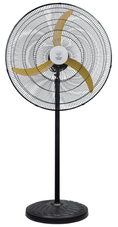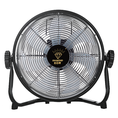Although they resemble electric smoothtop burners, induction cooktops don't have burners underneath the surface. Induction cooking uses electromagnetic energy to heat pots and pans directly. In comparison, gas and electric cooktops heat indirectly, using a burner or heating element, and passing radiant energy onto your food.

Credit: Bosch
Take a look under the hood of an induction cooktop and you'll see the electromagnetic coils that interact with the iron in your cookware, creating heat.
As you can imagine, it's far more efficient to heat cookware directly instead of indirectly. Induction is able to deliver roughly 80% to 90% of its electromagnetic energy to the food in the pan. Compare that to gas, which converts a mere 38% of its energy, and electric, which can only manage roughly 70%.
That means induction cooktops not only heat up much faster, but their temperature controls are also far more precise. "It's an instantaneous reaction in the cookware," says Robert McKechnie, product development manager at Electrolux. "With radiant you don't get that."
Induction cooktops can achieve a wide range of temperatures, and they take far less time to boil than their electric or gas counterparts. In addition, the cooktop surface stays cool, so you don't have to worry about burning your hand. It's even possible to put a paper towel between a spattering frying pan and an induction burner, though you’d want to keep an eye on that. Remember, the cooktop doesn't get hot, but the pan does.
On almost all counts, induction is faster, safer, cleaner, and more efficient than either gas or electric. And yes, we've done exhaustive oven testing in our labs to support that claim.

















